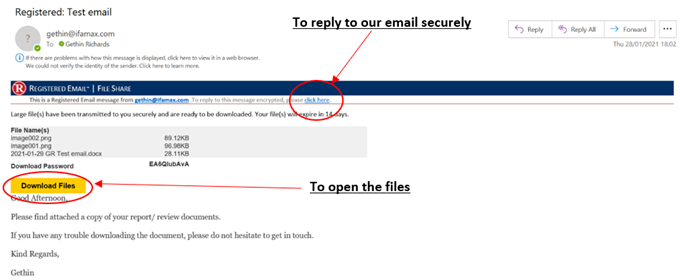If you have ever been fortunate enough to swim in the azure tropical waters of the Caribbean, or on Bondi Beach amongst the surfers, or in the chilly waters of Cape May (where the film ‘Jaws’ that scared the 1970s generation out of the water was filmed) in the back of your mind may have lurked the thought that a large shark might just be out there looking for lunch. What was that shadow?
Yet most of us don’t think twice about the risks of sitting under a coconut tree, which urban myth suggests is far more likely to kill you from a falling coconut than a shark attack, as is the malaria-carrying mosquito that lands on bare flesh as the sun sets in paradise. Nor did we consider the risk of a deep vein thrombosis from the long-haul flight to get there. We fixate on the shark.
Humans are irrational and find it hard to place risks in perspective, in part because they involve numbers (which many people hate), are influenced by fear or recent news and often depend on the way in which they are framed, to name just a few of the challenges.
We have a very clear recent example of our confusion with the extremely rare possible side effects of some of the Covid-19 vaccinations. Latest estimates, suggest that the risk of dying from the vaccine due to blood clots is 1 in 1 million, which is similar to the chance of being murdered next month (nasty) or dying in a road accident on a 250-mile road trip [1]. And that, is the point.
Life is full of risks and those that we deem to be everyday consequences of modern life, we take, usually without batting an eyelid, such as: driving, using ladders, drinking alcohol, climbing mountains, and walking through fields of cows (nearly 100 people were killed by cows between 2000 to 2020) [2]. Yet other exceptionally low risks we deem ‘too big’ to take.
It is similar with investing. Investors tend to worry about equity market crashes, perhaps not surprisingly, as equity markets can and have fallen by more than 50% in the past. Yet owners of equities should not be looking to sell them in the next few years but relying on fixed income assets to meet liquidity needs.
In most cases, markets recover relatively quickly over say 3-5 years, sometimes more slowly. With horizons well beyond these falls and recoveries, investors who stay the course should be rewarded - as they have been in the past – with strong returns above inflation. The latter is the real (excuse the pun) risk to long-term investors.
Avoiding equity market risk and putting money on deposit is actually the risky strategy. Over the past 10-years, those holding cash have lost around 1/5, or 20%, or £20 in every £100 of purchasing power [3], however you want to describe it. That is risky. Managing risk in our lives is summed up well by Professor Dame Glynis Breakwell who wrote a book titled The Psychology of Risk [4].
‘Risk surrounds and envelops us. Without understanding it, we risk everything and without capitalising on it, we gain nothing.’
Go on, get the vaccine, take that long haul flight (once you can) back to the azure waters, brave the sharks and stick with your equities. The risks will be worth it.
[1] https://www.bbc.co.uk/news/explainers-56665396
[2] UK Health and Safety Executive (HSE) https://www.hse.gov.uk/
[3] Bank of England – 1 month Treasury bills
[4] This is not for the faint-hearted – it is an academic tome. If you are interested in how to use and understand statistics in a statistics-laden world, an enjoyable and accessible read is Tim Harford’s new book ‘How To Make The World Add Up’
Risk warnings
This article is distributed for educational purposes and should not be considered investment advice or an offer of any security for sale. This article contains the opinions of the author but not necessarily the Firm and does not represent a recommendation of any particular security, strategy, or investment product. Information contained herein has been obtained from sources believed to be reliable but is not guaranteed.
Past performance is not indicative of future results and no representation is made that the stated results will be replicated.

























